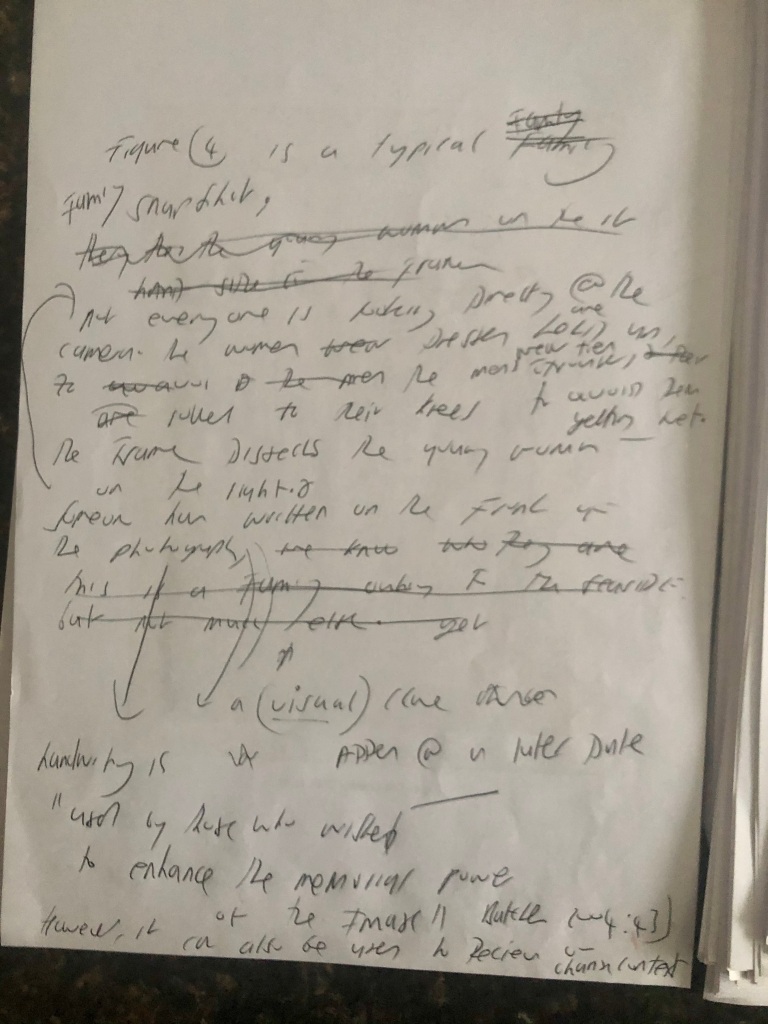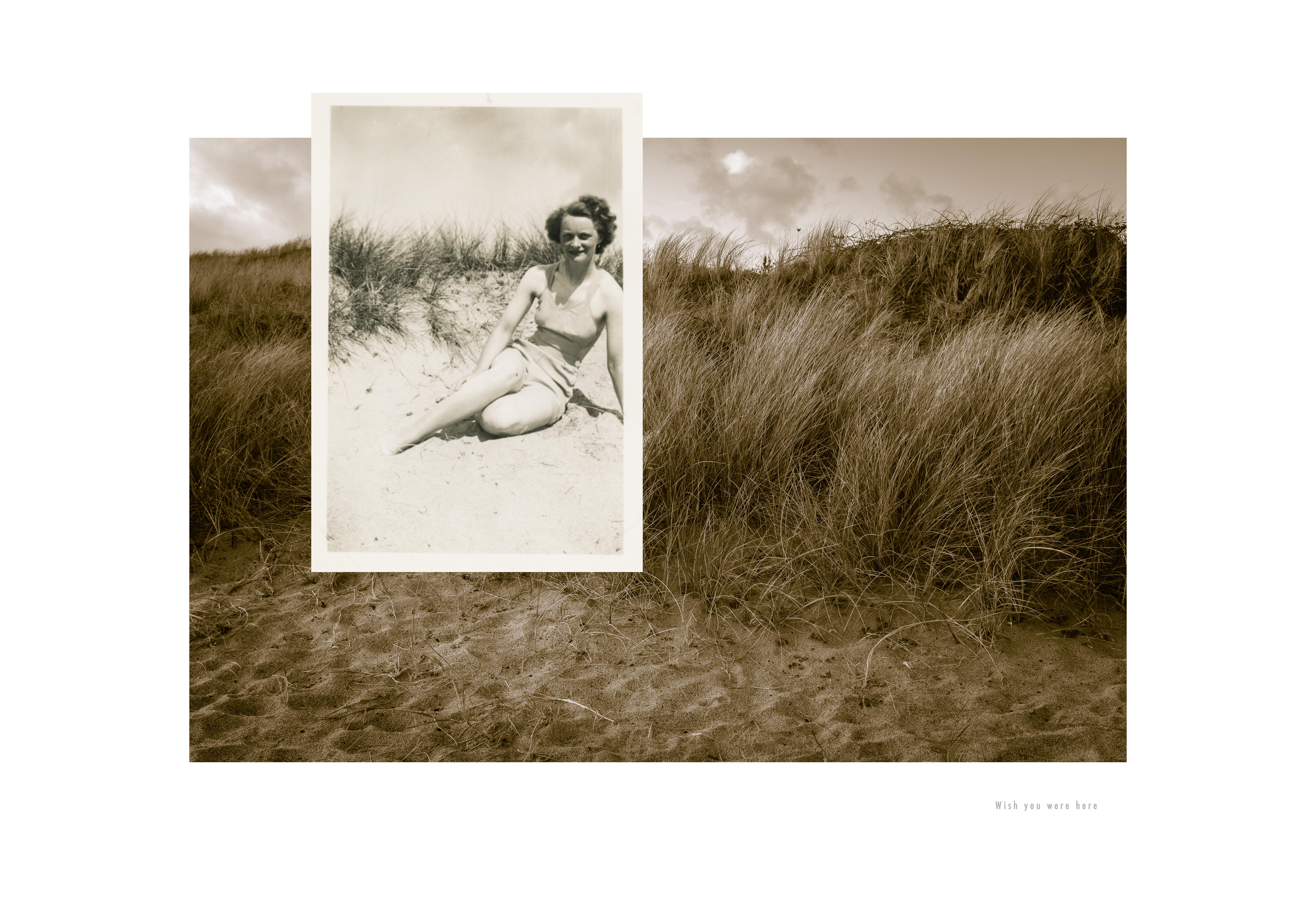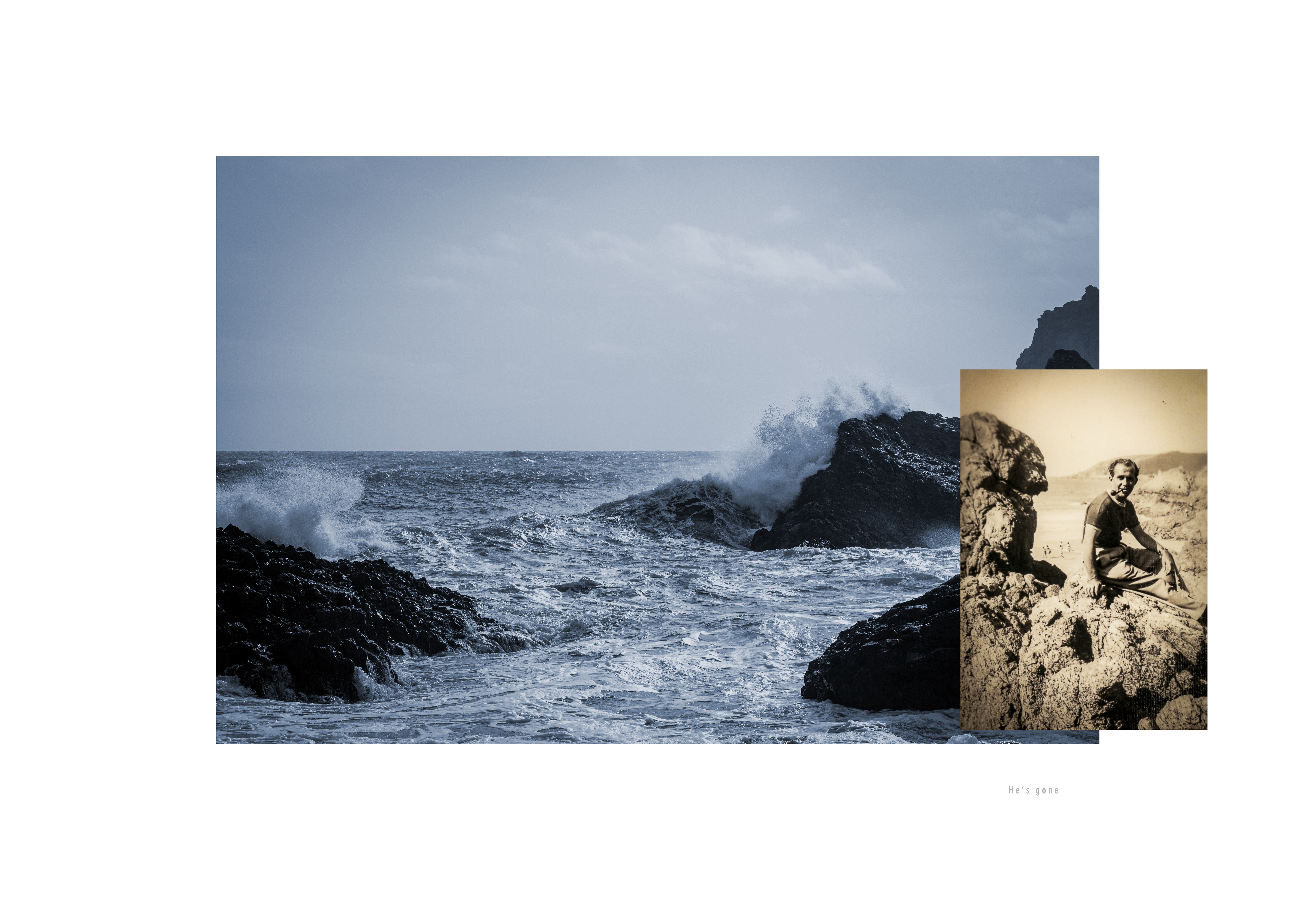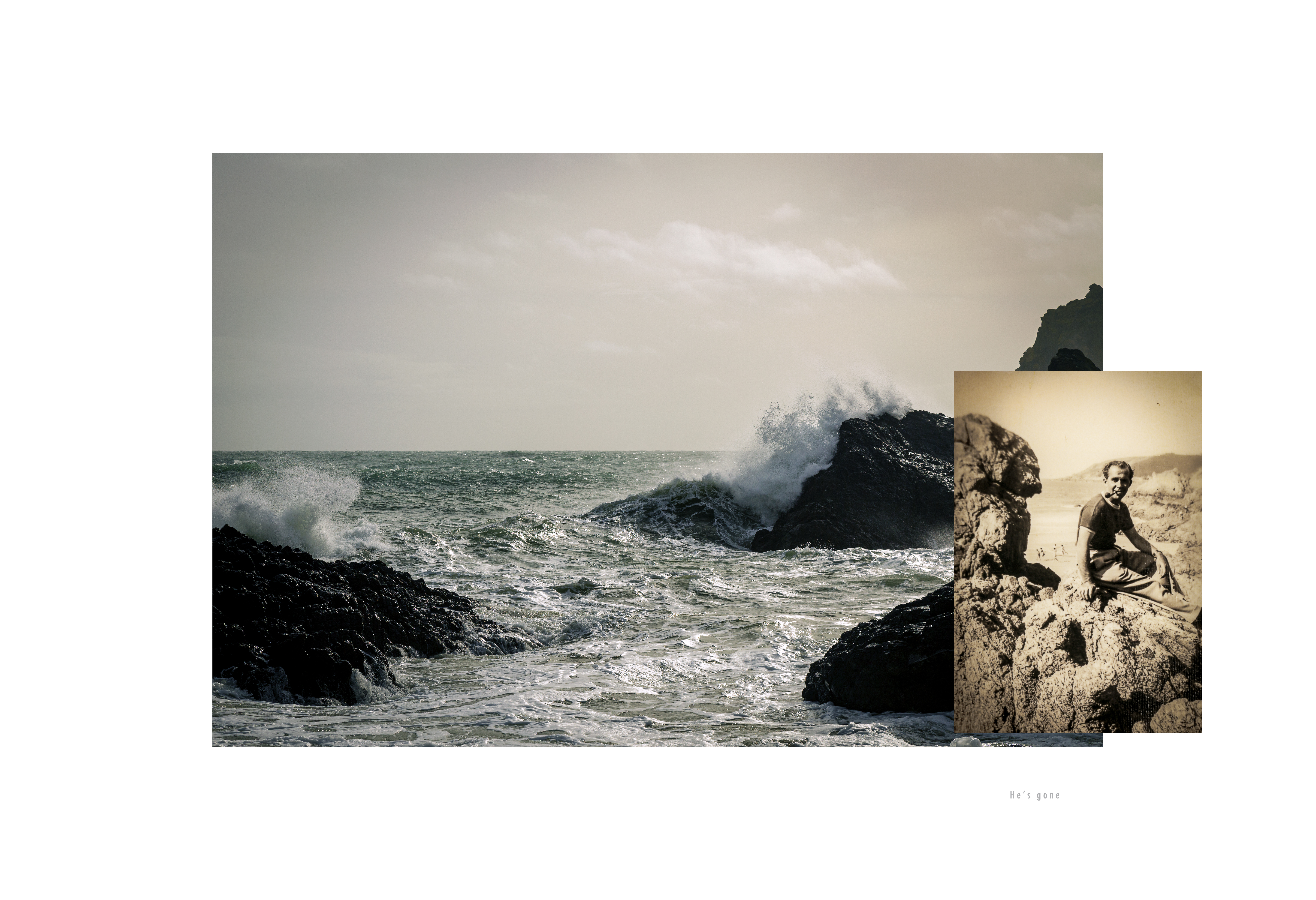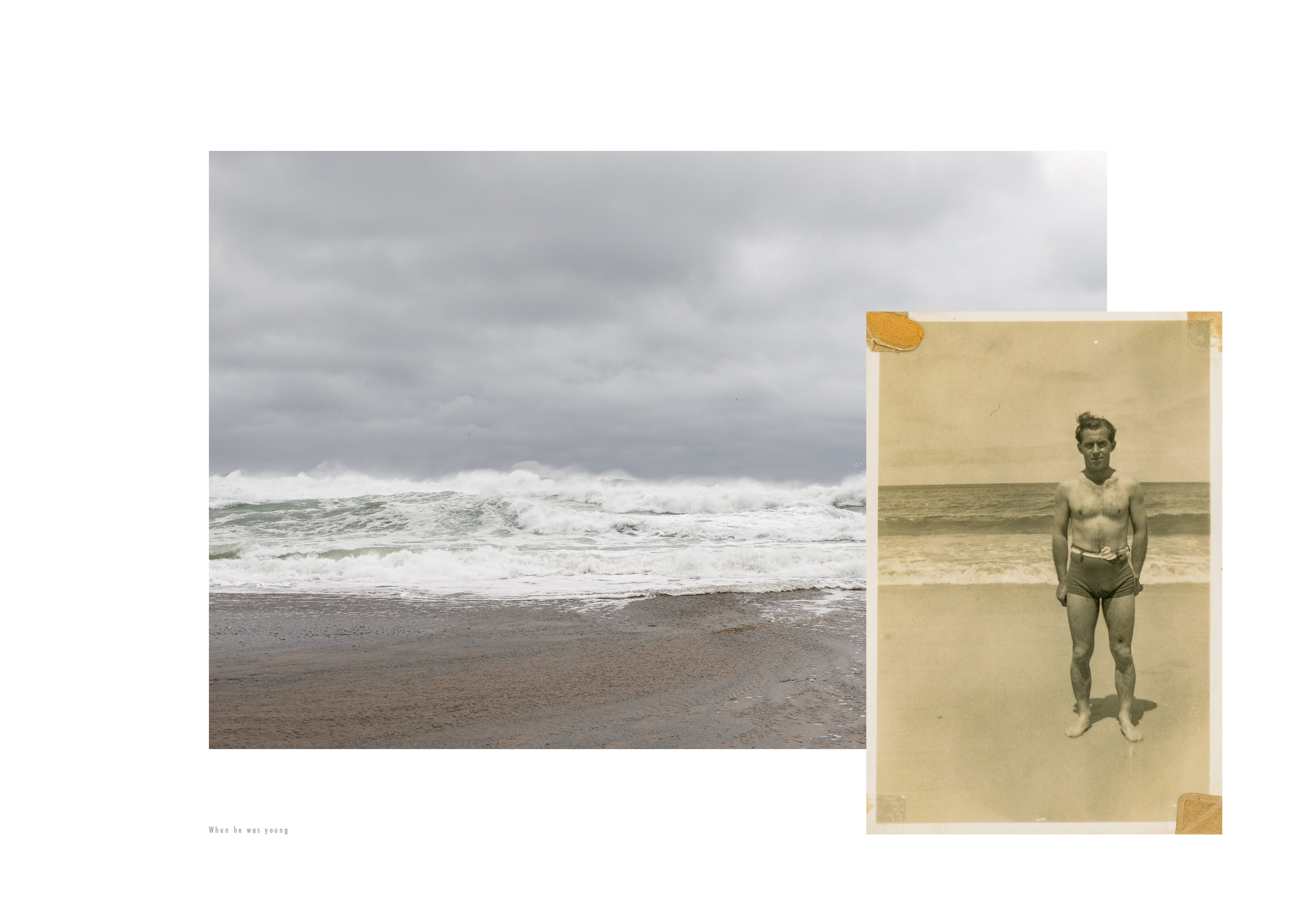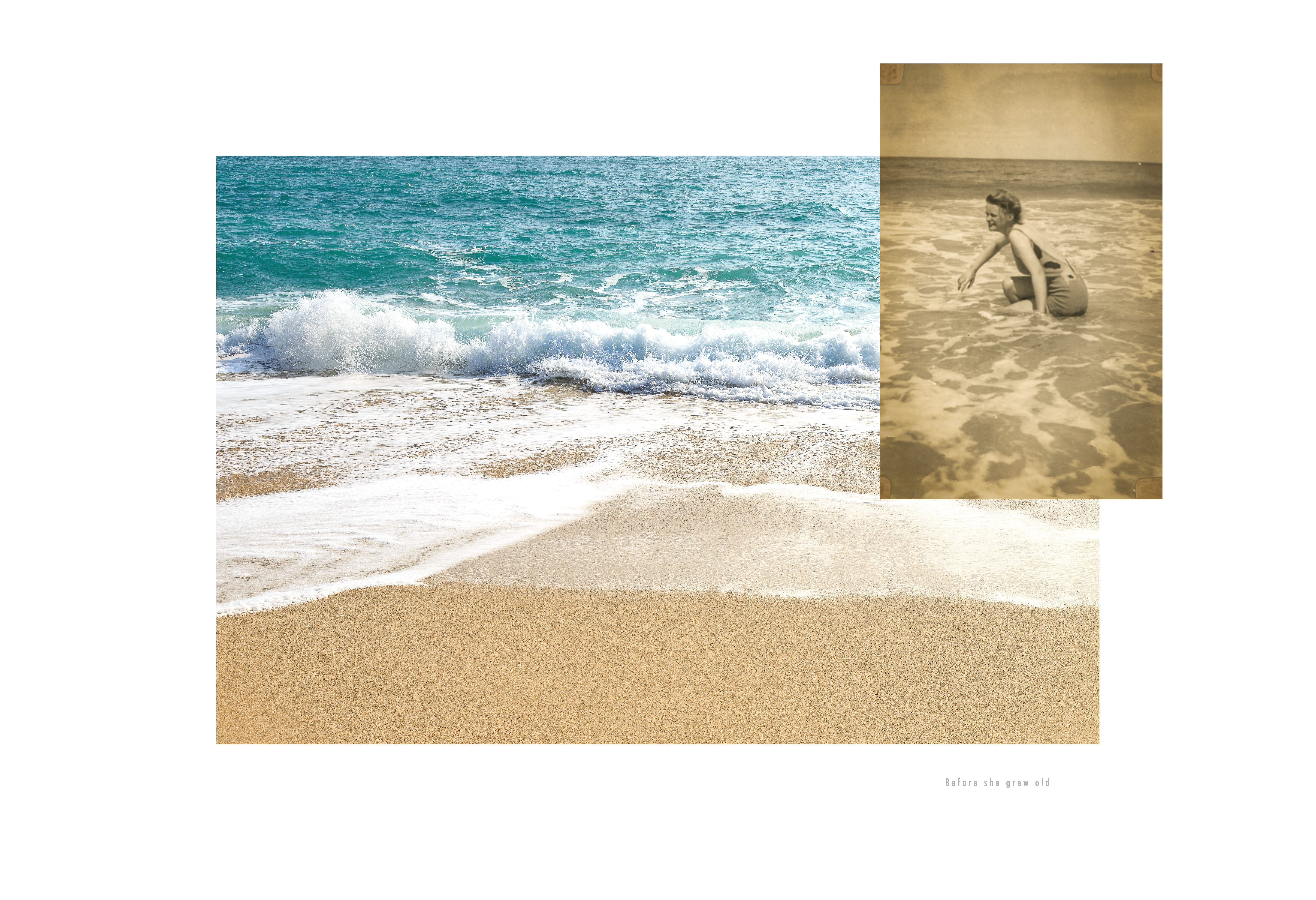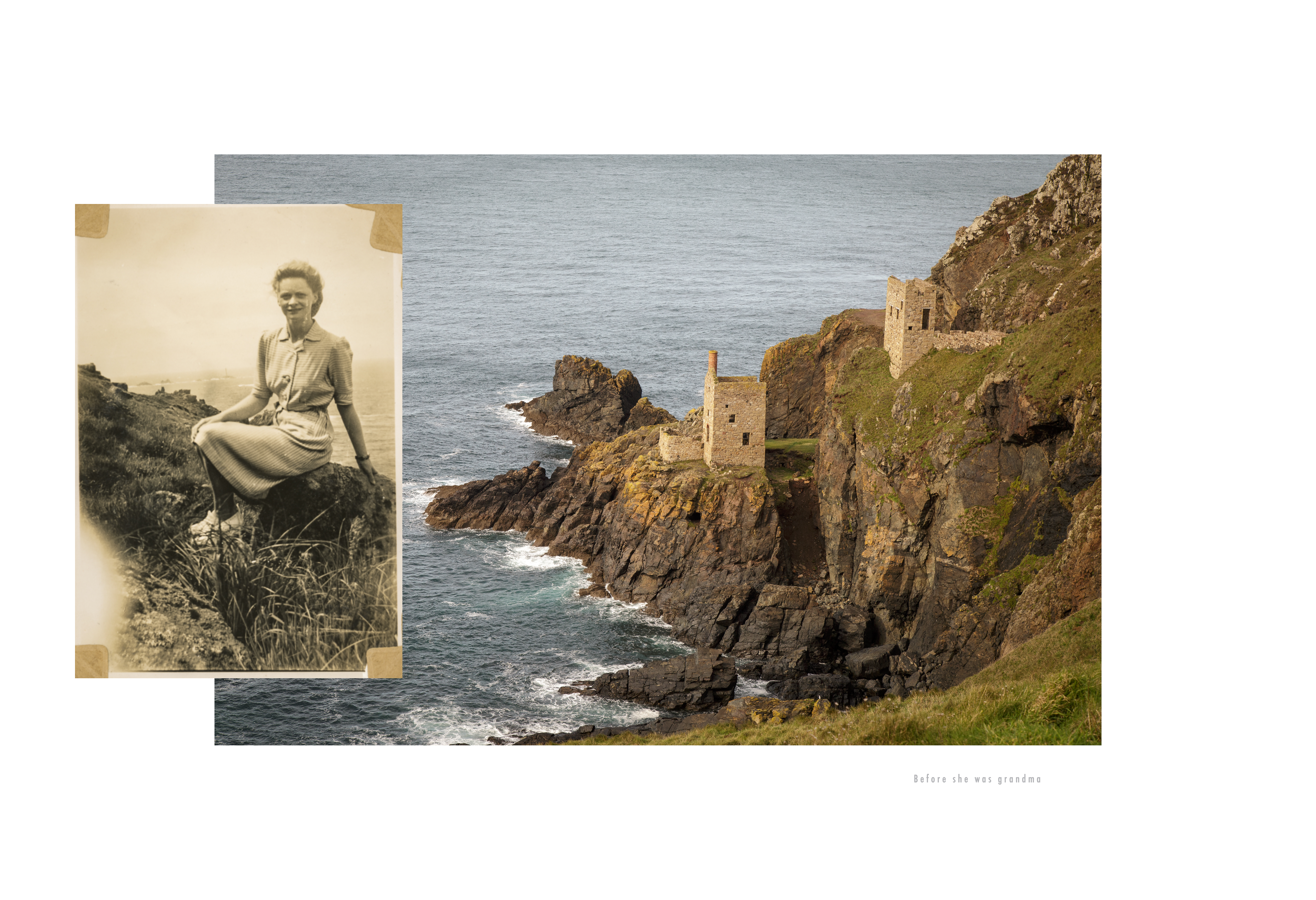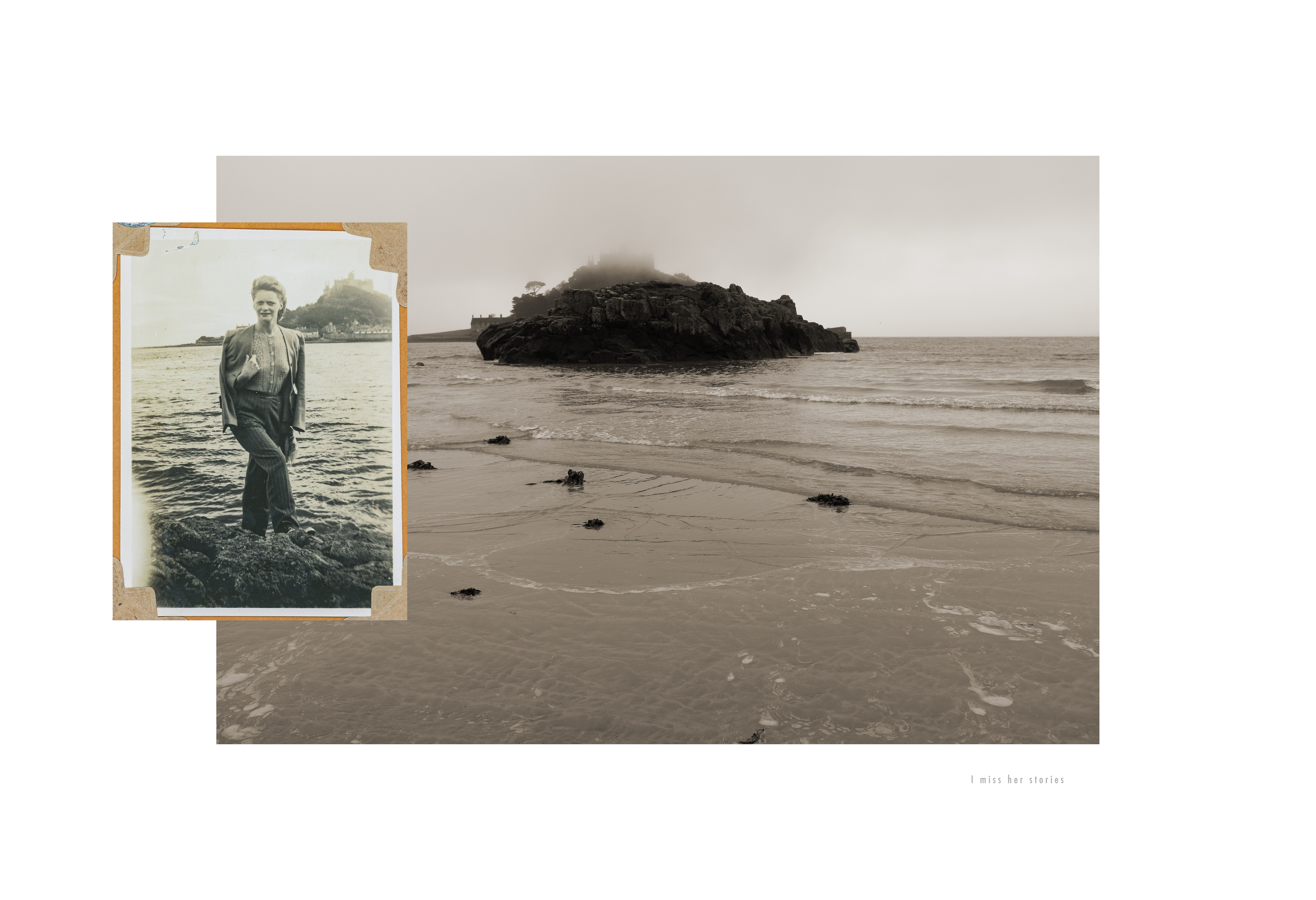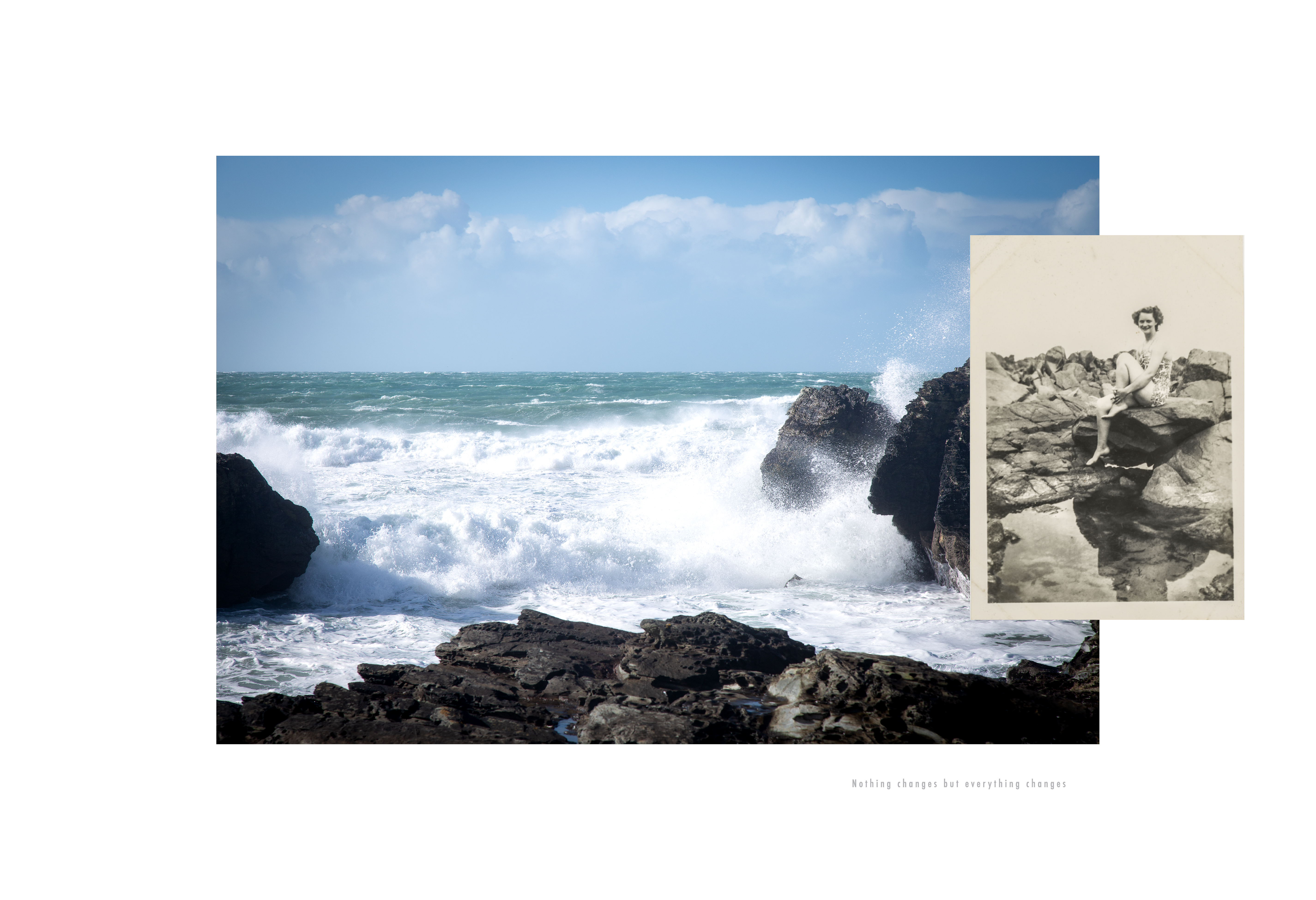The Winter Garden Photograph, an unseen image, continues to inspire and intrigue. Odette England’s request to write or supply a photograph motivated by Barthes’ study of this renowned photograph was responded to by more than two hundred people. Prodger’s essay is included in Keeper of the hearth: picturing Roland Barthes’ unseen photograph a book containing a collection of short reflections and lots of photographs. I’m not going to write about the photographs, short responses or the other two essays in the book but can highly recommend it. It contains a wide selection of eclectic images (very inspirational) & I particularly like the layout and design.
Prodger writes eloquently as he imagines Barthes siting at his desk. Like Barthes, he uses words carefully that enable the reader to visualise the scene. Words, not image, are important, smell and sound is evoked. He contemplates Barthes holding and gazing at the Winter Garden Photograph. Prodger’s language alludes to the materiality and tactility of photographs, of the marks of time.
p.p 208
- “The musky odour of a recently smoked cigar wafts through the room”
- “A wall of books stands vigil”
- “The only sound is that of his breath and grandfather clock, ticking”
- “He eases the photograph out of its wrapping, small yellow stains on each corner where perished glue once secured it“
- “Its surface worn smooth and glossy from being carried against his chest”
Prodger considers how language is used in Camera Lucida appraising Barthes’s use of Latin (studium and punctum).
“Such words behave like symbols in a mathematical formula, standing in for concepts otherwise difficult to express, but also creating the suspect impression that photographs are fundamentally different from other forms, since they require a distinct vocabulary” (Prodger, 2020:8)
Again referencing Barthes’s use of language Prodger, like Olin, wonders if the photograph even existed. “A Winter Garden, indeed ! The very poetry of the title should have aroused our suspicions from the start” (Prodger, 2020:9).
Prodger discusses how Barthes accredited the WGP as being the only photograph that encapsulates his mother’s psyche. Yet, as Prodger points out,
“the mere fact that he was able attach his own cherished feelings about his mother to the Winter Garden Photograph does not necessarily make the association true” (Prodger, 2020:9)
The WGP was not found by Barthes until after his mother’s death hence its context or what Henrietta Barthes was thinking or feeling that day is impossible for him to know. Prodger points out just how varied interpretations of family photographs can be. He suggests Barthes’ words “apportions agency to the viewer of the photograph, rather than the creator” (Prodger, 2020:210).
Prodger discusses how this trope has been the foundation for numerous photographic artworks but considers it
“a treacherous notion, since no photograph, no matter how banal or mechanical it may seem, is truly objective; and no memory, no matter how closely held, is strictly reliable” (Prodger, 2020:210)
Photographs are classified as being indexical, they show what it represent, hence are considered to be truthful representations. Barthes (2000:5) in the first few pages of Camera Lucida stresses photography’s truthfulness because of the form it takes “a specific photograph, in effect, is never distinguished from its referent (from what it represents)”. Prodger disagrees with this, stating how frequently viewers misread images and make incorrect judgments. He gives the example of this 1934 photograph ‘proving’ the existence of the Loch Ness Monster that was later exposed as a fake. Yet despite being fraudulent some still believe in the monster’s reality. Prodger surmises the misrepresentation works “because of what it appeared to show, and also, importantly, what it did not” (Prodger, 2020:210).
Prodger considers the existence of the WGP to be irrelevant, speculating whether the five year old girl in the picture is someone else, not Barthes’s mother.
“The example of the Winter Garden Photograph reminds us that looking is not seeing, seeing is not perceiving, and perception by its very nature slippery and imprecise” (Prodger, 2020:210).
Veracity for Barthes is not a pre-requirement for a photograph to perform as an aide-mémoire. Hence, its exclusion is perhaps understandable. Memory is unreliable, illogical and circuitous.
“Not only is the Photograph never, in essence, a memory…it actually blocks memory, quickly becomes a counter-memory” (Barthes, 2000:91)
Prodger (2020:210) suggests it is therefore important to keep in mind the difficulty of analysing photographs. “The more abstract the account, the more the referent (in Barthes’ terms) may drift from the thing it ostensibly represents“. For Barthes the WGP was a distressing image destining his mother to an unrecoverable past. Barthes (2000:92) describes photographs as “flat Death”, for him they are persistent aide memoire’s of temporality and mortality. However, as Prodger (2020:211) argues they need not be so, “Barthes himself gave us license to project a different set of expectations on them“. Concluding the essay he imagines a far happier Winter Garden Photograph, one in which “the young Henrietta is immortal“.
- See Jeffries notes re senses
- Proustian memory (an unexpected memory evoked due to to taste/ sight/ smell).
- See Olin notes re non existent WGP
- Compare with Batchen. See Death / Affect + Effect of photographs / Barthes / Dillon / Morrison notes (Mourning Diary)
Bibliography / References
Barthes, R. (2000) Camera Lucida. London: Vintage
England, O. et al. (eds.) (2020) Keeper of the hearth: picturing Roland Barthes’ unseen photograph. Amsterdam, Netherlands: Schilt Publishing & Gallery.
Prodger, P. (2020) “Memory Fails” in Keeper of the hearth: picturing Roland Barthes’ unseen photograph. Amsterdam, Netherlands: Schilt Publishing & Gallery p.p 205-211.



